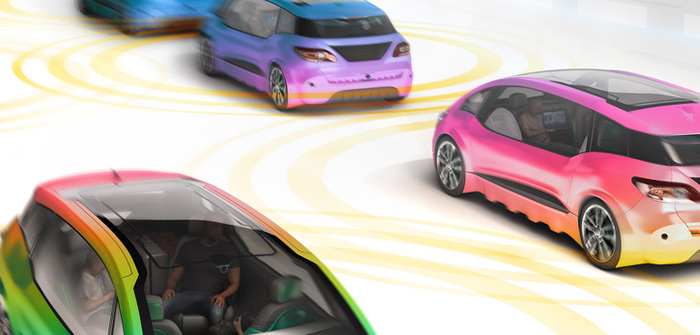The AutopleX project, led by Jaguar Land Rover, uses connected, automated and live mapping to allow AVs to communicate and inform each other of road conditions ahead. The £4.7m (US$6.6m) project effectively lets AVs know what is around corners and behind obstacles, going beyond the possibilities of the sensors on a single, unconnected vehicle.
JLR, Ricardo, Highways England, Siemens, Transport for West Midlands and Warwick University are teaming up for the AutopleX project, which aims to investigate pioneering safety improvements for self-driving technology. It will enable AVs to communicate with all other road users and obstacles where there is no direct view, such as at blind junctions. The technology will help vehicles see more, increasing safety when merging lanes and negotiating complex roundabouts autonomously.
AutopleX will develop the technology through simulation and public road testing on motorways and in urban environments in the West Midlands. The AutopleX consortium was announced as part of Innovate UK’s third round of Connected and Autonomous Vehicle Funding in March 2018.
Chris Holmes, connected and autonomous vehicle research manager at JLR, said, “This project is crucial in order to bring self-driving cars to our customers in the near future. Together with our AutopleX partners, we will merge our connected and autonomous research to empower our self-driving vehicles to operate safely in the most challenging, real-world traffic situations. This project will ensure we deliver the most sophisticated and capable automated driving technology.”
“We’re really pleased to be part of the AutopleX team that has secured funding to focus on this crucial aspect of autonomous vehicle research,” added Ricardo chief operating officer Mark Garrett.
“Autonomous vehicles offer the prospect of improved safety, efficiency and environmental sustainability of transportation. We look forward to working with our partners on the AutopleX project which will, I believe, deliver some highly useful insights that help pull forward the implementation of this very promising technology.”


